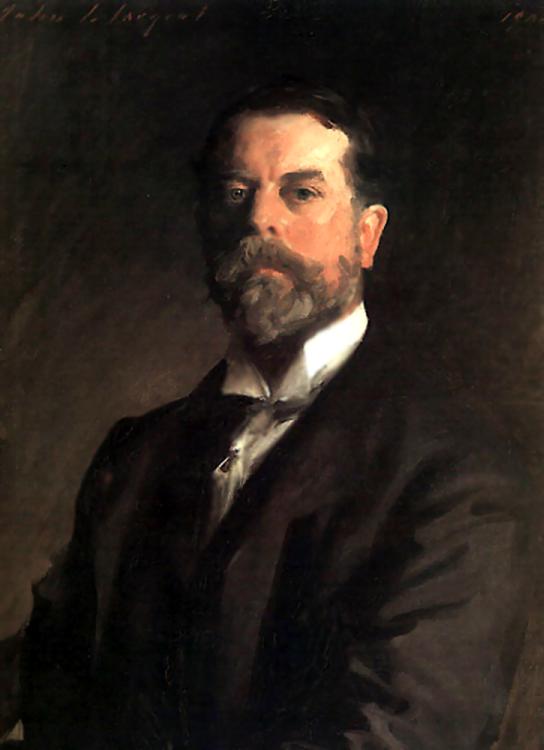John Singer Sargent (John Singer Sargent)

Artist. He was an expatriate American artist who became the most celebrated portrait painter of his time, Known for his glamorous style influenced by Velázquez and the impressionists, Presidents Woodrow Wilson and Theodore Roosevelt, oil tycoon John D. Rockefeller, novelists Robert Louis Stevenson and Henry James, actress Ellen Terry and art patron Isabella Stewart Gardner all sat for him. Born in Florence, Italy, the son of a doctor, he traveled widely during his childhood, and lived most of his adult life in Europe, yet considered himself an American; he once turned down a knighthood from King Edward VII because it would have meant giving up his American citizenship. Raised in Europe by an American expatriate family, Sargent studied art at the École des Beaux-Arts in Paris and in the Paris studio of the noted French portraitist Carolus Duran. He spent most of his adult life in England, maintaining a studio there for more than 30 years and visiting America only on short trips. Precociously gifted, he soon assimilated lessons from the old masters, the contemporary Impressionists and the Spanish painters Velázquez and Goya, producing a spectacular array of exciting and masterful paintings while only in his 20s. At the 1884 Paris Salon, however, his portrait of the 23-year-old American Virginie Gautreau, shown with bare shoulders, overflowing bosom and haughty manner, scandalized the Paris establishment. The picture, which became known as “Madame X,” crippled Sargent’s hopes of establishing himself as a portrait painter in Paris. In 1886 he moved to London, and in just a few years became the most admired and sought-after portrait painter in Britain and the United States. But Sargent was much more than a portrait painter. He was also a prolific landscape and figure artist, producing more than 1,000 dazzling oils and watercolors. Although Sargent spent less than one year in the United States, some of his finest work is there, especially his decorations for the Boston Public Library. Sargent is usually not considered an impressionist, but he sometimes used impressionistic techniques to great effect, such as in his painting “Claude Monet Painting at the Edge of a Wood.” About 1907 Sargent tired of portrait painting and accepted few commissions. He then worked chiefly on European landscapes in watercolor, in a notably impressionistic style, for the rest of his life. He died in London on April 14, 1925. Criticized for what some believed to be a superficial brilliance, Sargent’s portraits fell into disfavor after his death. Since that time, however, these same canvases have been acknowledged for their naturalism and superb technical skill. (bio by: Edward Parsons)
Born
- January, 12, 1856
- Italy
Died
- April, 04, 1925
- England
Cemetery
- Brookwood Cemetery
- Surrey
- England

